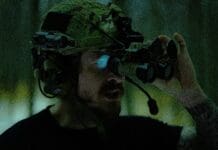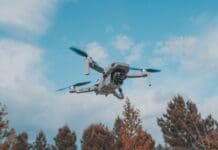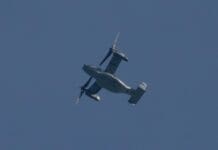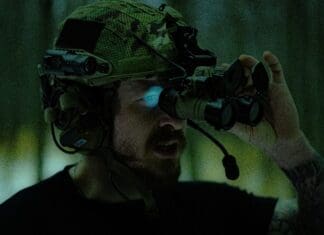This post is also available in:
 עברית (Hebrew)
עברית (Hebrew)
Navies delivering aid are first to arrive on scene following a natural disaster. The vessels are vulnerable to groundings and collisions with submerged objects. Now, crews would know if the seabed on approach to a harbour or landing zone has changed following a storm.
A a new navigation and collision avoidance capability for surface and underwater naval operations provides situational awareness through a forward looking sonar (FLS). The compact and easy to mount system offered to naval forces by Vigilant FLS is suitable for a range of naval platforms, from military ships to diver delivery systems (DDS) entering challenging operational zones.
It provides an early warning of hazards, from rocks and wrecks to sand banks and otherwise unseen, below-the-surface obstacles, over a 90 degree field of view.
For unmanned surface vehicles (USV) of the type increasingly being employed to conduct intelligence gathering and over-the-horizon reconnaissance missions, the system comes ready to support onboard automatic control and obstacle avoidance systems, enabling full below the waterline awareness.
Two operational modes are available: 3D and Sonar, which helmsman and vehicle pilots can seamlessly toggle between. Sonar mode detects obstacles in the water out to more than 1.5 km giving large vessels in particular valuable time to react. The system’s configurable alarms ensure hazards are not overlooked during periods of high operator workload.
In 3D mode, users are able to view an easy to interpret, real-time generated three-dimensional colour map of the bathymetry out to 600 m. They’re also able to view a profile display, showing the depth of an obstacle and if, for example, a DDS could safely manoeuvre underneath it.
Sonar mode also continues in the background during 3D mode, at the selected range.
Multiple mounting and integration options are offered, including permanent, through-hull deployment and interfacing with third-party command and control systems or electronic charting displays and is suitable for both new builds and already commissioned vessels, according to navalnews.com.

























